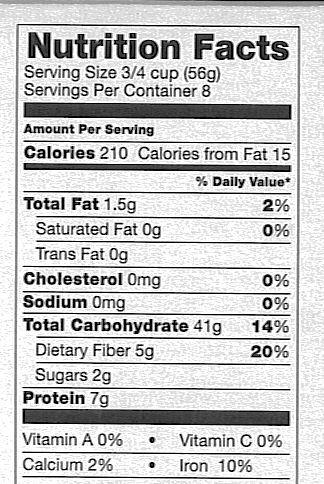When Plans Go Wrong
I heard about a situation the other day that I’d like to share with you to get your thoughts:
It seems a 62 year old woman, I’ll call her Susan, had been in the hospital for a few days due to vertigo. She would feel the room spinning when she moved her head in certain positions. It was so bad that she could hardly walk let alone drive, and she lived alone. The vertigo was also accompanied by nausea and vomiting. While in the hospital she was given a medicine, meclizine, that controlled her symptoms. Her doctor discharged her with a prescription for the medicine. He also wanted a home health nurse to visit her several times a week and a physical therapist to come to her home to give her some treatments that usually help control the symptoms as well. Finally, her doctor wanted her to come to his office a week after discharge from the hospital to make sure she was progressing. All in all, it sounded like a great Discharge Plan. The trouble is – it just didn’t happen.
First, since meclizine is available over the counter, her insurer wouldn’t pay for it even though she had a doctor’s prescription for it. Next, though she went home on a Friday, by the following Wednesday she had yet to have a visit from the home health nurse. When Susan called the nursing agency to find out why the nurse hadn’t visited, she was told they had not received an order faxed to them from the attending physician. And because the nurse was going to arrange for the physical therapist, she had not had any physical therapy either. Susan called the physician’s office when she learned of this, but hadn’t received a call back from the doctor after several days. Finally, because she didn’t get the medicine that was prescribed she was feeling worse since coming home and couldn’t drive herself to the doctor’s office for her Thursday follow up appointment.
For Your Health – Dr. Bob
